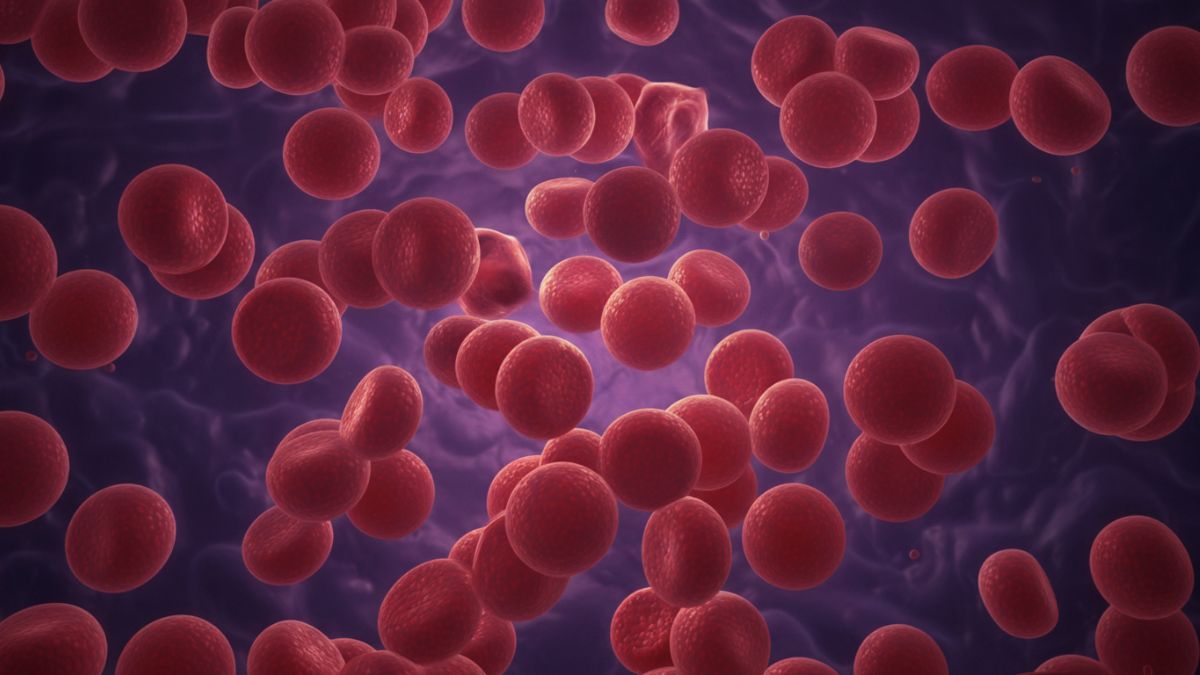Sickle cell disease: Why science needs social responsibility to deliver cures

In The Song of the Cell, Siddhartha Mukherjee writes that when cells go awry, they script stories of immense human suffering. Few conditions capture this truth more painfully than sickle cell disease (SCD)—a genetic disorder that distorts the very architecture of blood.
For the millions living with SCD, including large tribal populations in India, life is marked by recurring crises of pain, fatigue, and hospitalisations. Clinically, it is a disorder of misshapen red blood cells that clog blood vessels. But in human terms, it is a child kept away from school, a young adult losing job opportunities, a family perpetually at the edge of medical and financial collapse.
Unlike many genetic disorders, SCD has a proven cure: bone marrow transplant (BMT). When performed early, especially in children, cure rates can exceed 90 per cent. Yet the majority of patients are denied this chance.
The barriers are formidable—high costs and limited transplant centers concentrated in metros. So, for most families already struggling with poverty, BMT remains a distant dream. Instead, they are left to rely on stopgap measures like blood transfusions and hydroxyurea—treatments that manage but do not cure.
As we continue to bridge these challenges, science is already offering the next frontier. The promise of gene therapy represents not a replacement of bone marrow transplant, but a natural evolution of the same curative principle—correcting the root genetic cause.
Where BMT depends on finding a compatible donor, gene therapy enables the patient’s own cells to be corrected, removing the need for donor matches altogether. Trials in the US and Europe have shown life-changing outcomes, and the world’s first gene therapies for sickle cell were recently approved abroad.
However, the excitement must be tempered with realism. At present, the cost—exceeding a million dollars per treatment—puts these therapies far beyond reach for most Indian patients. Yet history reminds us that medical revolutions often begin this way. The once-unthinkable prices of HIV antivirals and hepatitis C drugs eventually fell, thanks to strong policy direction, indigenous innovation, and global equity efforts. The same can and must happen for gene therapy.
India has taken a step forward with the National Sickle Cell Elimination Mission, aimed at screening and managing the disease. But screening without access to curative therapies risks becoming a token gesture. What is needed now is urgency—and investment that matches scientific possibility with social responsibility.
What can be done:
India must expand transplant programs by creating regional centers and ensuring they are supported with adequate public funding. At the same time, it is essential to support indigenous gene therapy research through robust collaborations between biotech firms and universities, so that treatments are developed and scaled locally. Public investment in such innovation must also be complemented by compassionate policy. Schemes like the Thalassemia Bal Seva Yojna—currently providing curative treatment support for thalassemia—could be extended to cover sickle cell disease as well. This would ensure that financial constraints do not determine who gets to be cured and who must continue to suffer.
Equally important is the need to guarantee insurance coverage or direct government support for curative options, moving beyond a system that funds only palliative care. Finally, early detection must be prioritised so that children can receive life-saving interventions before irreversible organ damage sets in.
Sickle cell disease is not just a medical condition; it is a social inequity. The burden falls disproportionately on marginalised tribal and rural communities, amplifying cycles of poverty and exclusion. To deny access to cure when science has already delivered it is to deepen that injustice.
The future of sickle cell treatment is being written today—in the corridors of transplant centers, in gene therapy labs, and in government offices deciding healthcare budgets. For patients, it is not about technological milestones but about the chance to live without pain, study without interruption, and work without fear of collapse.
The science exists. The suffering is real. What remains is the collective will to ensure that a disease rooted in bloodlines does not continue to define generations.
The writer is a paediatric haematologist and a bone marrow transplant specialist in New Delhi. He is also a researcher innovating cell therapy solutions.
The opinions expressed in this article are those of the author and do not purport to reflect the opinions or views of THE WEEK.
Health